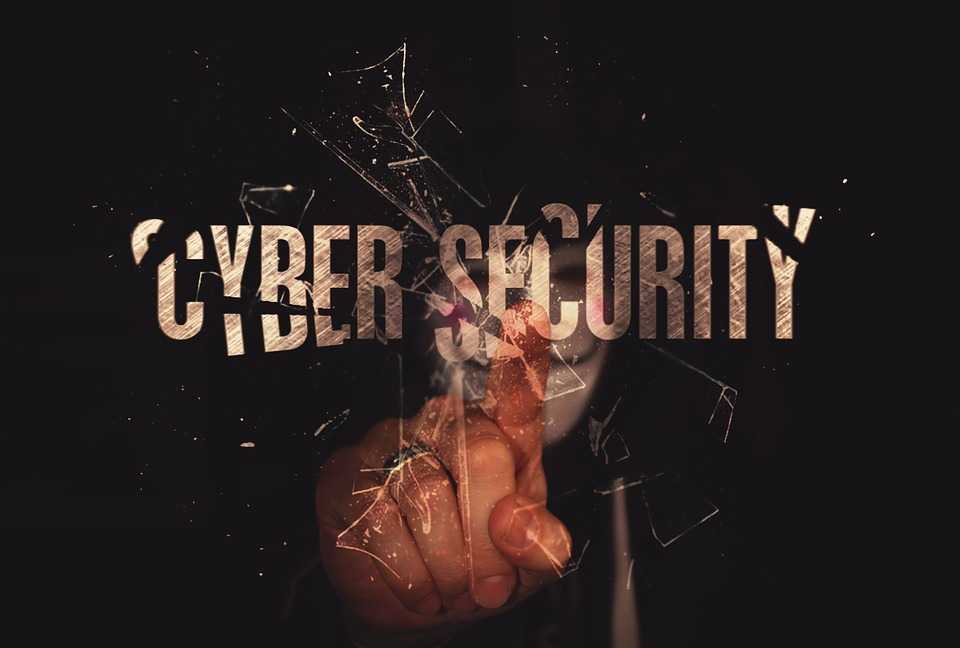
Cyber Security
The modern age is marked by plenty of innovation and high technology. Smartphones. Smartwatches. The Internet of Things. Virtual reality. All these modern tech marvels are the perks of living in the 21st century. On the flipside, a growing trend of cyberattacks affecting consumer devices is growing. In an age where cyber threats loom large, it’s vital to understand them and find ways to create better digital security. Phishing, ransomware, and malware are only the tip of the iceberg. Today, we’re covering several common cyber threats and how to mitigate them.
Phishing Attacks
Phishing is a type of social engineering attack that involves sending users emails to click on malicious links or download malware. Phishing attacks aim to gain access to sensitive information such as usernames, passwords, and credit card details. Phishing attacks are designed to look like they’re coming from a legitimate source. That’s why so many of them seem like they come from Paypal or your bank. These messages present themselves as urgent and ask you to click a link or download an attachment. Sadly, people fall for these all the time. Phishers use several different methods to try and trick you into giving away your personal information, like spoofed emails with malicious attachments or links (like those ones that tell you you’ve won an unreasonably high amount of money). Other types of phishing, like spear phishing and vishing, are more targeted and go after specific individuals or companies. Spear phishing targets someone with a specific email, usually from someone they know personally or professionally. Vishing is much more sinister, involving a phone call from someone claiming to be from a company or government agency who tries to get you to give them your personal information. Protecting yourself from threats involves some common sense. Never open attachments unless you know their origin. Watch out for weird inconsistencies in the email’s design. And use antivirus software and ad blockers to keep malicious code at bay.
Ransomware Attacks
Ransomware commonly appears in the news, but do you know what it is? If not, here’s a quick primer: ransomware is harmful software that encrypts your files and asks for payment to unlock them. It’s sort of like blackmail meets ransom but with your own personal files (pictures, video, etc.). Unfortunately, the most common way ransomware attacks occur is through fraudulent emails and pop-up windows that appear to be from legitimate organizations such as banks or government agencies. These messages may alert you of suspicious activity in your account and ask you to review it online. If you click the link provided, your computer will be infected with the malware, and all your files will be encrypted. The attackers will then demand payment to release your files. It’s crucial to be vigilant and not fall for these scams. Preventing ransomware comes down to learning how it happens, making regular backups, using security software, and being constantly vigilant. It can happen to anyone, so being on the lookout for it is vital to consistent online protection.
Distributed Denial-of-Service (DDoS) Attacks
DDoS Attacks (better known as distributed denial of service attacks) can happen anytime, often without warning. In DDoS attacks, numerous computers (otherwise called “botnets”) overload a target’s bandwidth and resources. Whether it begins with infecting a victim’s computer with malware in an amplification attack or taking over other computers to use a “flood” attack, DDoS attacks can be devastating. Their effects can vary depending on size, scale, and intensity. But they can cause major issues beyond not being able to access certain services, including shutting down power grids in extreme circumstances. Protecting against DDoS attacks means taking vigilant action and monitoring/securing networks to prevent them. They’re one of the most damaging and costly attacks, making them a significant modern threat.
Password Theft
Passwords are integral to our digital lives but can also represent a massive security threat. Hackers can guess and steal insecure passwords quite easily. That’s one of many reasons why it’s so critical that they’re strong, complex, and unique for each account. Passwords should be monitored, changed regularly, and avoid having any personally identifiable information attached to them. The best defense against password theft is to use a strong password manager that generates complex, unique passwords for each account. Use at least 12 characters, including small and capital letters, numbers, and special characters, while avoiding dictionary words or common phrases that hackers can easily guess. And don’t forget to use two-factor authentication whenever possible.
Malware Attacks
Malware is software that can be used to attack computers and networks. Malware can steal personal information, damage data, and hardware, or control your computer. It’s usually installed through the web (often via drive-by downloads from visiting infected websites), email attachments, or by downloading files from unknown sources. In recent years, malware has gone through a dangerous evolution to become more sophisticated than ever. Online security software can be perfect for protecting yourself against malware. Premium services often include an antivirus, auto-updates, and even online identity theft protection services to help keep malware at bay. Ultimately, the best way to stay protected is to keep your computer up-to-date with the latest security software and consistently use security/antivirus protection. After all, when it comes to keeping your devices safe and secure, there’s no such thing as too much protection.






